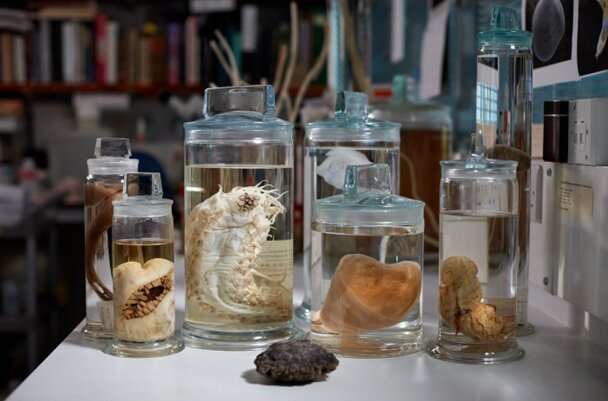More than half of the world’s population—4.4 billion people—lives in cities, and that proportion will grow to two-thirds by the year 2050, according to the United Nations. As the world’s population expands, and becomes increasingly urbanized, many have raised concerns about the impact of waste—from house trash to wastewater to greenhouse gas emissions—on the planet....
environment
What If Cows Could Talk?
By using acoustic data and machine learning to decipher cows’ vocalizations, Virginia Tech researchers hope to shed new light on the animals’ health, welfare, and environmental impact. You may not know it, but cows share information every time they burp, moo, and chew that speaks volumes about their health and welfare. Through the work of...
The Uncomfortable Geopolitics of the Clean Energy Transition
Every time UN Secretary General Antonio Guterres speaks about the climate crisis, he ups the ante with his admonishments—and rightly so. In September, when he said “humanity had opened the gates of hell,” it was at the end of a summer of unprecedented flooding, including in Libya, China, and the United States, and record-breaking fires in Canada and...
Electrifying Vehicles in Chicago Would Save Lives, Reduce Pollution Inequities
If the Chicago region replaced 30% of all on-road combustion-engine vehicles — including motorcycles, passenger cars and trucks, buses, refuse trucks and short- and long-haul trucks — with electric versions, it would annually save more than 1,000 lives and over $10 billion, according to a new Northwestern University study. The new study, which simulates air...
Closure of Pittsburgh Coal-Processing Plant Tied to Local Health Gains
The closure in January 2016 of one of Pittsburgh’s biggest coal-processing plants led to immediate and lasting declines in emissions of fossil fuel-related air pollutants. These in turn were linked to near-instant decreases in local heart-related emergency department visits and hospitalizations for cardiovascular diseases, a new study shows. The impact of the closure persisted through...
What Does Narcissism Have to Do with Ecology?
A group of researchers from the Nicolaus Copernicus University, the SWPS University in Warsaw, and the University of Waikato in New Zealand have for some time been scientifically looking at the relationship between different types of identifications with a group and attitudes towards, for example, science, vaccines and workplace behaviour. This time they were interested...
Deep Sea Surveys Detect Over Five Thousand New Species in Future Mining Hotspot
There is a massive, mineral-rich region in the Pacific Ocean—about twice the size of India—called the Clarion-Clipperton Zone (CCZ), which has already been divided up and assigned to companies for future deep-sea mining. To better understand what may be at risk once companies start mining, a team of biologists has built the first “CCZ checklist”...
Chicago Pollution Varies by Neighborhood
New simulation combines emissions with weather and chemistry in an air-quality model First neighborhood-scale simulation of its kind focused on Chicago tracks air quality hour by hour across areas as small as 1.3 kilometers-sized blocks Simulation can show how pollutants move across space and time throughout the city and surrounding areas Air pollution along highways...
Railway Made Swedish Villages and Towns Greener
Construction of the main railway lines in Sweden included a large-scale garden project. Parks and kitchen gardens were built around the new stations, and long hedges were planted along the railways. A new dissertation from the University of Gothenburg describes how this came to be and explains why almost all of these cultivated areas are...
Brazil’s New President Works to Reverse Amazon Deforestation
Shaking a traditional rattle, Brazil’s incoming head of Indigenous affairs recently walked through every corner of the agency’s headquarters — even its coffee room — as she invoked help from ancestors during a ritual cleansing. The ritual carried extra meaning for Joenia Wapichana, Brazil’s first Indigenous woman to command the agency charged with protecting the...






